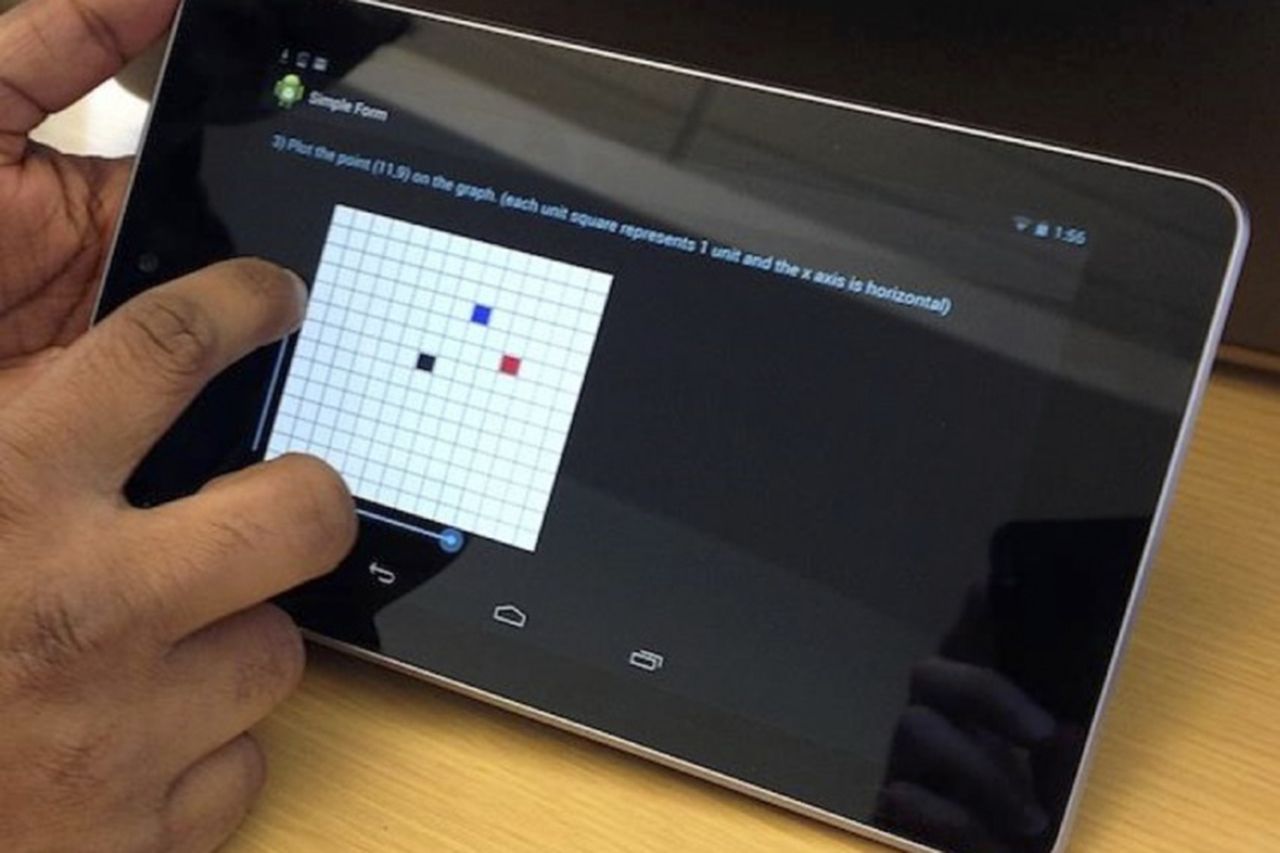Mobile security is getting ever more complex as phones replacing wallets gets ever closer to the mainstream. LententGesture aims to add another level of security by helping a mobile learn its owner so only that one person can fully use the phone.
A research team at Georgia Tech College of Computing found that everyone has their own way of using a phone's touchscreen, like a unique fingerprint for use. Using that they were able to create a system that learns the owner with nearly 98 per cent accuracy on smartphones and 97 per cent on tablets.
Polo Chau, assistant professor who led the study, says LatentGesture learns a user's "touch signature". He went on: "Just like your fingerprint, everyone is unique when they use a touchscreen. Some people slide the bar with one quick swipe. Others gradually move it across the screen. Everyone taps the screen with different pressures while checking boxes."
The creators say the device won't need to be totally locked to one person though. One owner can use a device and allow four "authorised users" access. This could let parents leave a tablet for their child to use but lock payments and certain content to the main user only.
The biggest advantage to all this, say the researchers, is the ability to have it all running in the background without ever actually having to authenticate anything – it already knows you're you.
This isn't the only kind of security in this area. SilentSense, developed by the Illinois Institute of Technology, is 99 per cent accurate using touch input as well as accelerometer and gyroscopic information.
As mobile payments become more common expect to see these software security extras appear in mobiles and tablets along with all the other layers of security like pin, facial recognition and now fingerprint reading.

